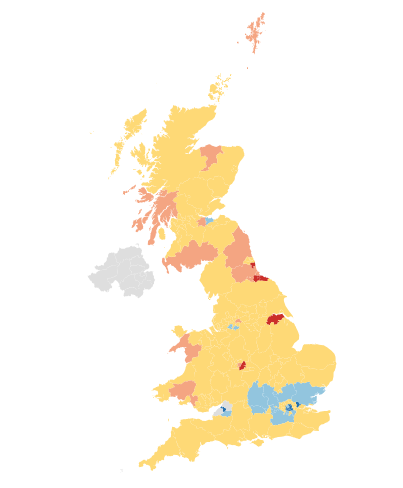Latest Retirement Living Standards Show Change of UK Public Expectations
The latest update to the PLSA Retirement Living Standards (RLS) reveal a shift in the cost of retirement living driven by changes in the UK public’s expectations and increases to the cost-of-living.
The latest research reflects the price rises that households have faced, particularly in food and energy use. It also highlights the increasing importance people place on spending time with family and friends out of the home, as people’s priorities have changed following the pandemic. This switch, and the associated costs are reflected in the updated levels.

Figure 1 Main Drivers for increases to the RLS levels
Calculated by the Centre for Research in Social Policy at Loughborough University on behalf of the PLSA, the RLS describe the cost of three retirement lifestyles: Minimum, Moderate, and Comfortable. The research is based on multiple in-depth discussion groups with members of the public from all parts of the UK.
The updated Retirement Living Standards reveal increased costs across all levels:

Figure 2 Retirement Living Standards 2023/24
Not all savers are the same, they will have their own expectations and requirements when it comes to visualising their retirement. As financial planning tools, the RLS are designed to assist individuals in identifying elements of their preferred retirement lifestyle and provide insights into associated costs. The three levels show how people considered Minimum, Moderate and Comfortable living standards. Savers can use them to judge whether their current savings levels are going to enable them to reach their desired lifestyle which may fall between the given standards.

Figure 3 Public expectations for each lifestyle standard
The State Pension triple lock acts as a crucial safeguard against rising retirement living costs. With a significant 8.5% increase to just over £11,500 annually from April 2024, the State Pension remains a substantial foundation of retirement income. The State Pension triple lock, alongside improved annuity rates, will help median earners be able to achieve most aspects of the Moderate level.
Professor Matt Padley, Co-director of the Centre for Research in Social Policy at Loughborough University, said: “Expectations about living standards in retirement continue to change in subtle ways. The research sets out public consensus about these different living standards with the aim of helping people think in more concrete ways about what they want their own retirement to look like. Their personal retirement goals will be shaped by their own circumstances, needs and preferences.
“In this year’s findings we see the strong effects of rising prices in what’s needed to meet the cost of food and energy. Following the Covid pandemic, this latest research highlights a pronounced need and enthusiasm among the public for shared experiences beyond the confines of their homes, including activities like eating out and holidays.”
Nigel Peaple, Director Policy & Advocacy, PLSA, said: “The cost-of-living has put enormous pressure on household finances over the last year and, as the research shows, this is no different for retirees.
“It’s important for workers saving for retirement to remember the standards are not prescriptive targets, they are a tool to help you engage with the type of spending you think you will do in retirement and to help you plan for it.
“It is also worth highlighting that a couple who each has a full entitlement to the State Pension will achieve the Minimum level, and if each is paid average earnings throughout their working life, they have a good chance of enjoying many aspects of the Moderate living standard. Working and saving is likely to vary over a lifetime, for example taking time off to have children, so it is important to adapt workplace pension contributions to make up for periods not saving.
“Many pension providers now provide tools and calculators on their online platforms to allow savers to pick-and-mix elements of each Retirement Living Standard, allowing them to leave out the things they don’t see as part of their life and tailor the Standards to their individual circumstances and preferences.”
Urgent need for reform
The higher cost of living in retirement underscores the urgent need for reform of the workplace savings system.
The PLSA, in its recent report, Five Steps for Better Pensions, made several recommendations on how to increase retirement income, chief among them is a proposal to increase minimum auto enrolment contributions from 8% to 12% gradually over the next decade. Currently, employees pay 5% of earnings and employers 3%. Under our proposals, employer contributions would be increased first until they match the 5% paid in by employees. Subsequently, employees should only be required to put in 1% extra, with the result that by the early 2030s each will be paying 6%, totalling 12%.











